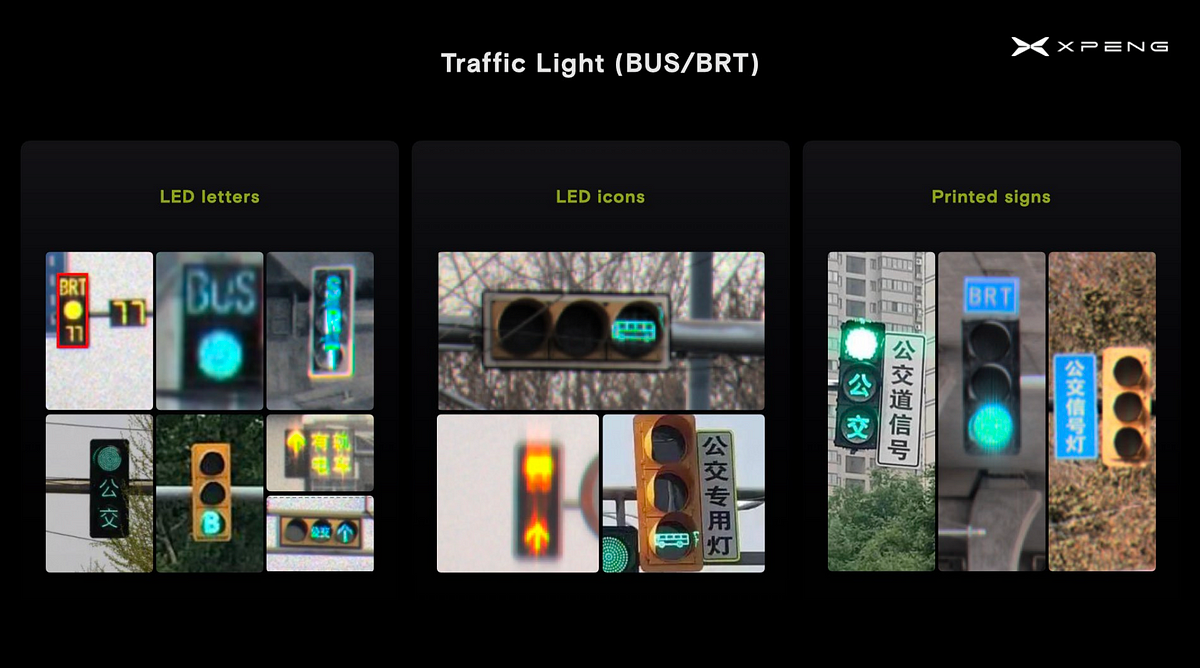「コンピュータビジョン、言語モデルが見たものを理解するのをサポートする」
Supporting the understanding of what computer vision and language models see.
.fav_bar { float:left; border:1px solid #a7b1b5; margin-top:10px; margin-bottom:20px; } .fav_bar span.fav_bar-label { text-align:center; padding:8px 0px 0px 0px; float:left; margin-left:-1px; border-right:1px dotted #a7b1b5; border-left:1px solid #a7b1b5; display:block; width:69px; height:24px; color:#6e7476; font-weight:bold; font-size:12px; text-transform:uppercase; font-family:Arial, Helvetica, sans-serif; } .fav_bar a, #plus-one { float:left; border-right:1px dotted #a7b1b5; display:block; width:36px; height:32px; text-indent:-9999px; } .fav_bar a.fav_print { background:url(‘/images/icons/print.gif’) no-repeat 0px 0px #FFF; } .fav_bar a.fav_print:hover { background:url(‘/images/icons/print.gif’) no-repeat 0px 0px #e6e9ea; } .fav_bar a.mobile-apps { background:url(‘/images/icons/generic.gif’) no-repeat 13px 7px #FFF; background-size: 10px; } .fav_bar a.mobile-apps:hover { background:url(‘/images/icons/generic.gif’) no-repeat 13px 7px #e6e9ea; background-size: 10px} .fav_bar a.fav_de { background: url(/images/icons/de.gif) no-repeat 0 0 #fff } .fav_bar a.fav_de:hover { background: url(/images/icons/de.gif) no-repeat 0 0 #e6e9ea } .fav_bar a.fav_acm_digital { background:url(‘/images/icons/acm_digital_library.gif’) no-repeat 0px 0px #FFF; } .fav_bar a.fav_acm_digital:hover { background:url(‘/images/icons/acm_digital_library.gif’) no-repeat 0px 0px #e6e9ea; } .fav_bar a.fav_pdf { background:url(‘/images/icons/pdf.gif’) no-repeat 0px 0px #FFF; } .fav_bar a.fav_pdf:hover { background:url(‘/images/icons/pdf.gif’) no-repeat 0px 0px #e6e9ea; } .fav_bar a.fav_more .at-icon-wrapper{ height: 33px !important ; width: 35px !important; padding: 0 !important; border-right: none !important; } .a2a_kit { line-height: 24px !important; width: unset !important; height: unset !important; padding: 0 !important; border-right: unset !important; border-left: unset !important; } .fav_bar .a2a_kit a .a2a_svg { margin-left: 7px; margin-top: 4px; padding: unset !important; }

マサチューセッツ工科大学の研究者は、コンピュータ生成のデータを使用して、ビジョンと言語モデルが概念をより良く理解するのを支援する技術を開発しました。
研究者たちは、注釈付きの合成データセットを使用して、人気のあるビジョンと言語モデルを微調整し、概念の理解精度を最大10%向上させました。
彼らは、多様な3次元環境とオブジェクトのコンピュータ生成の合成ビデオを使用して、約80万枚の写真のような画像を生成しました。これには、それらと対話するためにヒューマンアバターが追加されました。
各画像には、オブジェクトの属性、位置関係、人間とオブジェクトの相互作用についての詳細なキャプションが付けられました。
合成データにより、実データを生成するよりも多様な画像を低コストで作成することができ、アバターの使用によりプライバシーを保護することができました。MIT Newsの記事を参照してください。
抄録の著作権は2023年のSmithBucklin、ワシントンDC、アメリカに帰属しています 
We will continue to update VoAGI; if you have any questions or suggestions, please contact us!
Was this article helpful?
93 out of 132 found this helpful
Related articles
- NumPyを使用したゼロからの線形回帰
- アリババグループによるこの論文では、FederatedScope-LLMという包括的なパッケージが紹介されていますこれは、フェデレーテッドラーニングでLLMを微調整するためのものです
- 「LangChain、Activeloop、そしてGPT-4を使用して、Redditのソースコードをリバースエンジニアリングするための分かりやすいガイド」
- コンテンツクリエーターに必要不可欠なChatGPTプラグイン
- PyTorch LSTMCell — 入力、隠れ状態、セル状態、および出力の形状
- 「トルコ地震ツイートに対する感情分析」
- PyTorch LSTM — 入力、隠れ状態、セル状態、および出力の形状






